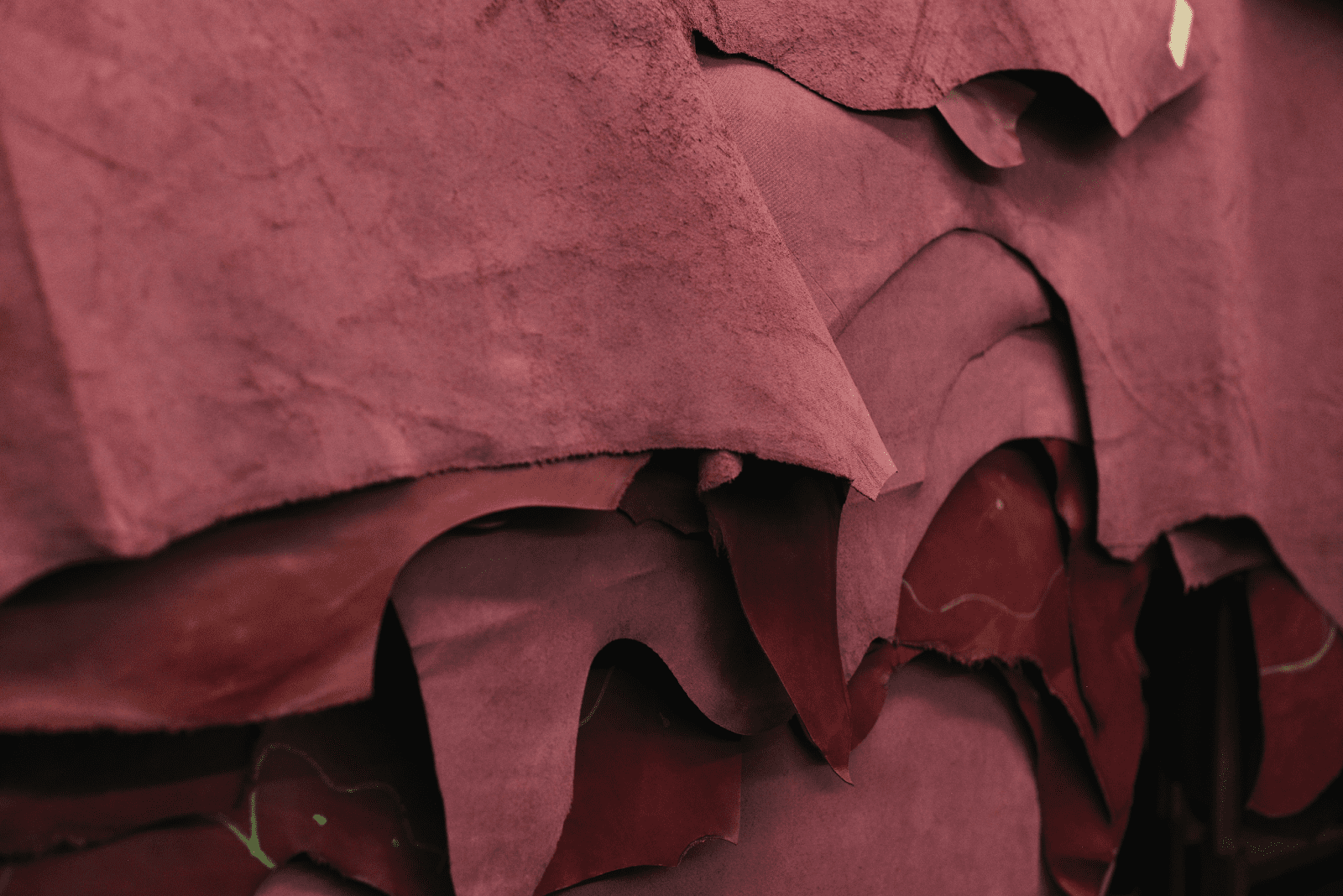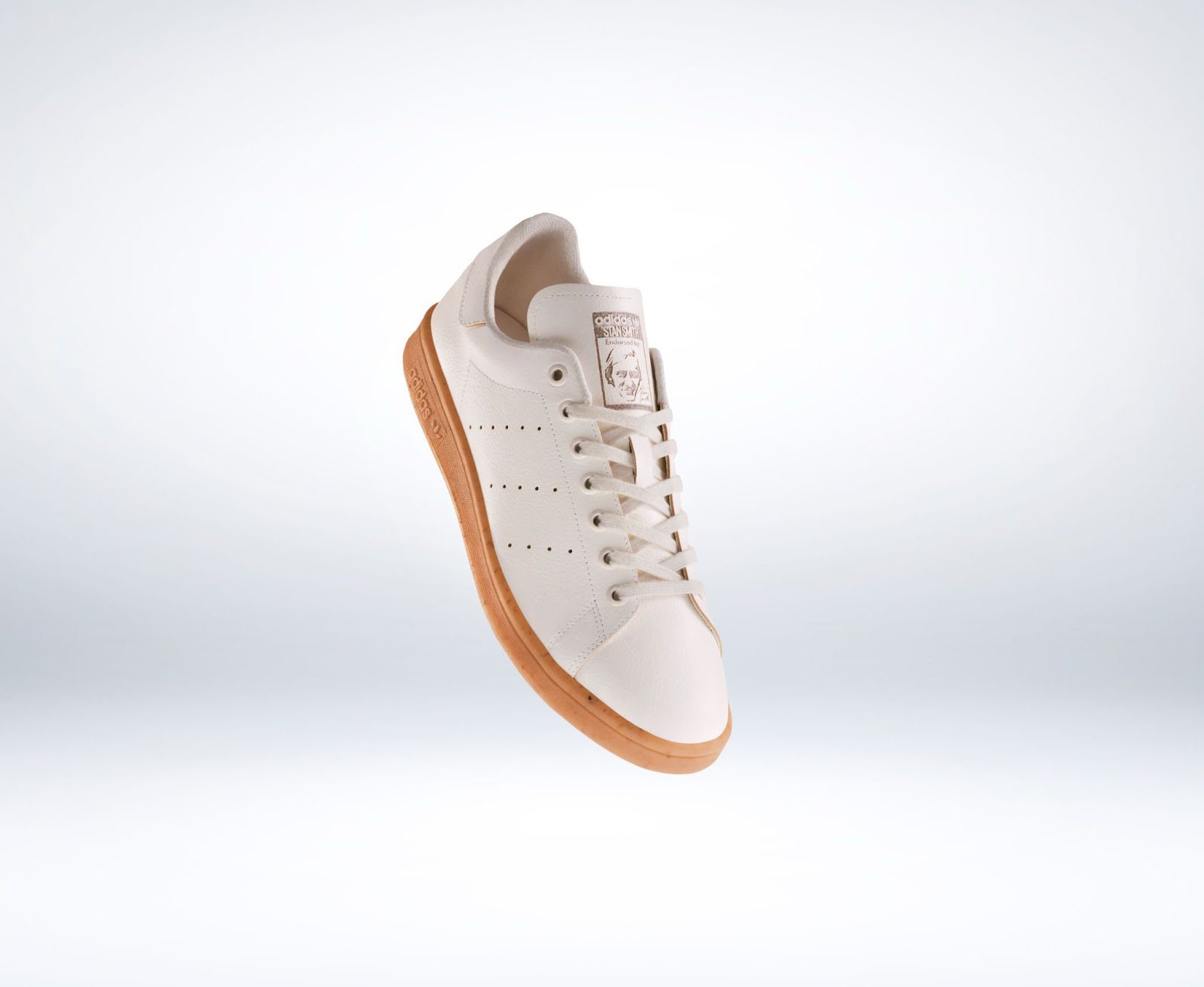For decades the fashion industry has faced pushback for incorporating animal products. Lately, the long-standing use of cow leather has received particular attention due to concerns of inhumane treatment of the animals and the considerable toll it has on the environment. Raising cattle alone accounts for between 7% to 18% of the global methane production, a harmful greenhouse gas, and the use of chromium in the tanning process adds to the impact. However, vegan leather has become a significant force in decreasing the use and effect of animal products in fashion.
Vegan leather does not incorporate animal-based products in its manufacturing. While “vegan” suggests an entirely plant-based product, the fashion definition is broader. Until recently, most vegan leather was known as “faux.” This polyurethane or polyvinyl chloride-based plastic fabric doesn’t use animal products, but its production, use, and end-of-life practices pose environmental hazards.

Still, this does not mean vegan products made from plastic aren’t helpful. It’s an excellent way for companies who have based their lineups on cow leather to remove some of their reliance on it. Brands like Adidas, Veja, and Doc Martens have made this plastic-based vegan leather a growing part of their lines to make a dent in their carbon footprint.
Yet, plastic-based fabrics are not the only contributors to this burgeoning market.
Plant-based leather products made from various plant materials are entering the marketplace at different price points. Mushroom leather, or mycelium, has become so advanced that it can match the standards set by the cow version.
Patrick Thomas, the former CEO of Hermés and now a member of the board of directors for Mycoworks, says that mycelium has finally caught up to the quality of genuine leather.
Mycoworks itself has already done a handbag collaboration with Hermés using its fine mycelium to create a premium leather product called Sylvania. Bolt Threads has sourced its mycelium, or Mylo, for everything from Lululemon yoga mats and new Adidas Stan Smith sneakers to a full line of garments designed by the longtime supporter, Stella McCartney.

Mushroom-based fabrics aren’t the only kind on the market, with companies developing innovative products from various plant materials. Piñatex, a plant-based leather maker that makes its products from pineapple leaves, was employed by Hugo Boss to produce the material for their shoes. Tommy Hilfiger added leather made from apple skins to its sneakers for the 2020 collection, and Desserto, a brand from Mexico, makes its version from cacti.
The introduction of vegan leather is booming with no signs of slowing down. One assessment shows that by 2025, the vegan leather industry will be worth upwards of $89 billion. This encouraging growth and adoption are already impacting fashion’s carbon footprint. An Environmental Profit and Loss report from the Kering group estimates that its production contributes a third fewer emissions than animal-based materials.





